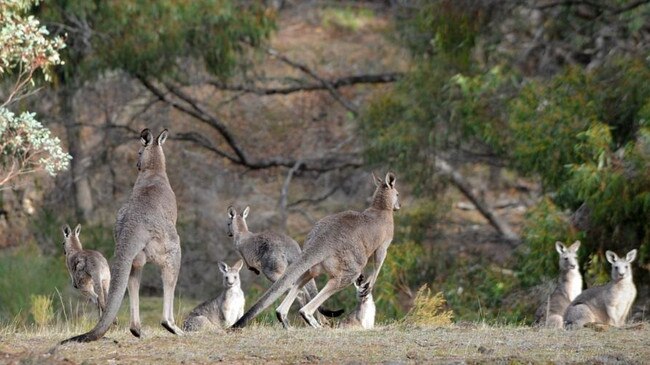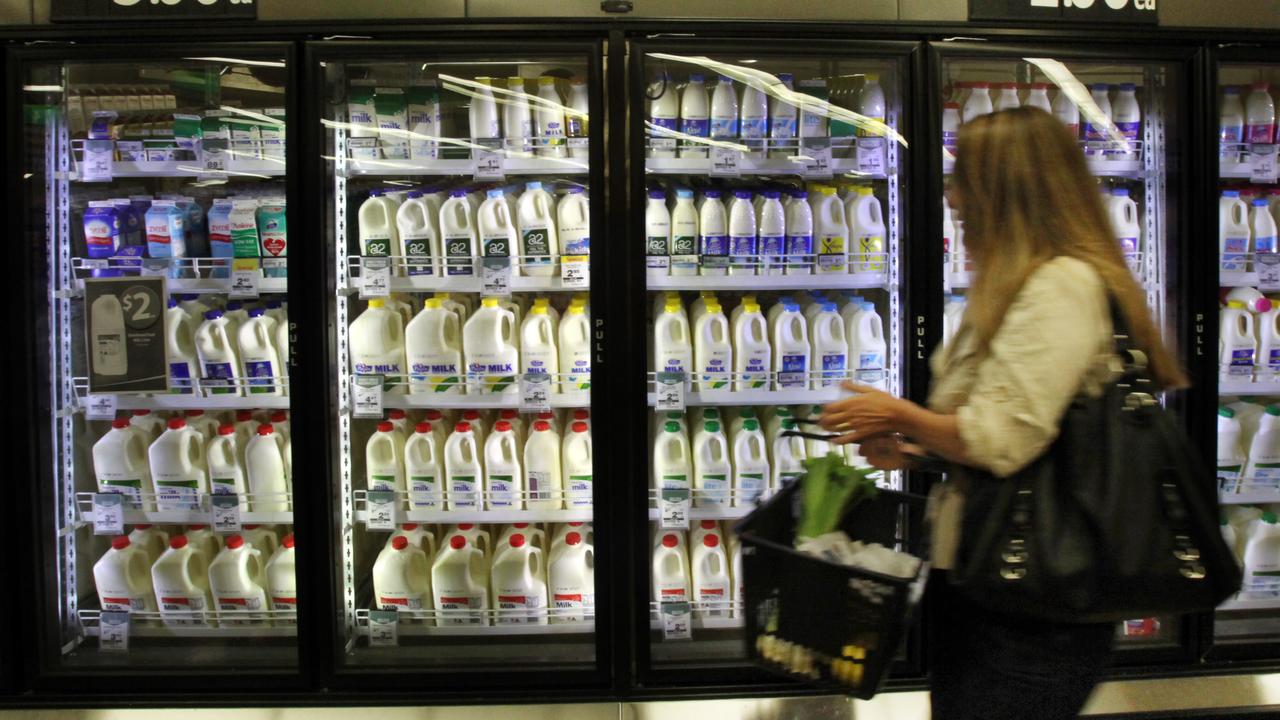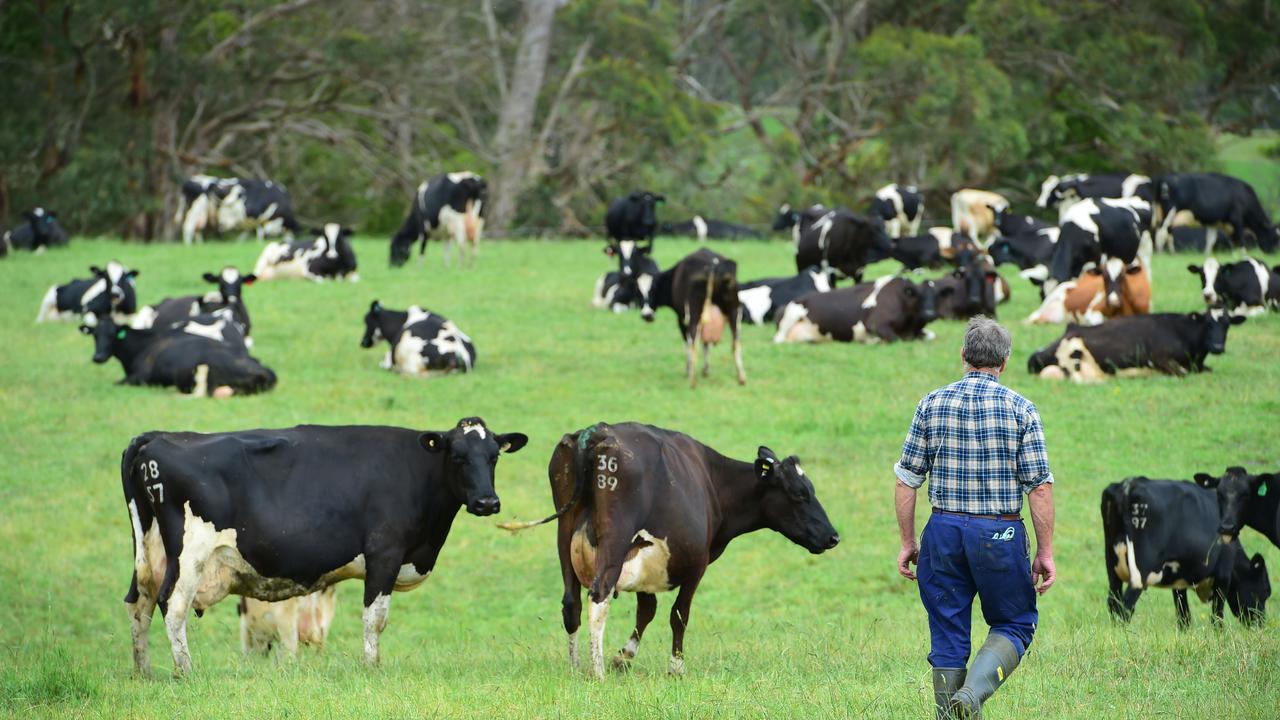Victoria’s roo culling halt is not a logical decision
The Victorian Government’s decision to halt kangaroo harvesting statewide neglects to take into account that despite a roo toll in fire-affected areas, there are plague proportions elsewhere, writes Ed Gannon.

SHOOTING roos is, understandably, a sensitive subject amid a bushfire tragedy.
While reports continue to be speculative, it is clear that millions of native animals have perished in the recent – and current – fires.
Some estimates put the figure at more than one billion.
And while the koala has captured much of the international attention, it would be safe to assume that the kangaroo population – although more mobile than koalas – would have taken a significant hit.
The Victorian Government certainly thinks so. On January 8, in response to the fires, the Government banned further commercial culling of kangaroos across Victoria until further notice.
On paper it looks like the right thing to do. But is it?
The decision neglects to take into account that despite a kangaroo toll in fire-affected areas – 5 per cent of the state – there are many, many kangaroos across Victoria.
So many, they are in plague proportions, to the point they are causing significant infrastructure damage and eating scarce livestock feed.
The fires cover two of the seven regions the Government divides the state into when allocating permits to cull kangaroos.
Those five unaffected regions are – rightly – asking why the commercial culls have stopped in their areas.
It is not as though there will be a migration of kangaroos from places such as the southwest where feed is more abundant, to fire-affected areas, that will not have adequate feed until at least this time next year.
But that appears to be the basis of the decision, expecting the kangaroo population to dissipate so numbers ease across all of the state.
It won’t happen.
The upshot is that there are now 51 commercial roo shooters who were performing a crucial role across Victoria now out of work.
The absurdity is that farmers statewide can still get authority-to-control-wildlife permits from the Government to shoot thousands of kangaroos.
And, under bizarre state rules, the farmer-shot kangaroos must be left to rot where they are shot, while commercially-shot kangaroos can be harvested for pet food.
What a waste.
It is yet another example where to the Government it is a black-and-white case – save the kangaroos – but in the bush it is not so clear cut – roos are still causing real damage.
Simply, the Government should have halted culls in the fire-affected regions. But it never needed to stop the commercial culls elsewhere.
This kangaroo mess comes as a leading conservation group is calling on the Government to strike to cull the wild horse and deer populations in fire areas.
Those species are now concentrated in areas with sparse canopy – under which horses and deer usually hide – making them easier targets.
The Invasive Species Council says the fires had little impact on the Kosciuszko National Park’s 20,000-strong wild horse population, which stands accused of damaging the environment.
Equally so, the deer population of eastern Victoria, which has hit plague proportions, with estimates of one million deer, mainly in the high country – and spilling into many populated areas, including outer Melbourne.
But unlike the quick action of the Department of Environment, Land, Water and Planning in respect of the kangaroos, the ISC is not holding out any hope of a government department hopping into action to cull the deer and horses.
It makes you wonder how much these decisions are driven not by any humane concern, but the “optics” of an outcry if the Twittersphere gets wind of roos, deer and horses being shot when our native animal population is meant to have been decimated.
No politician wants to be associated with that.


